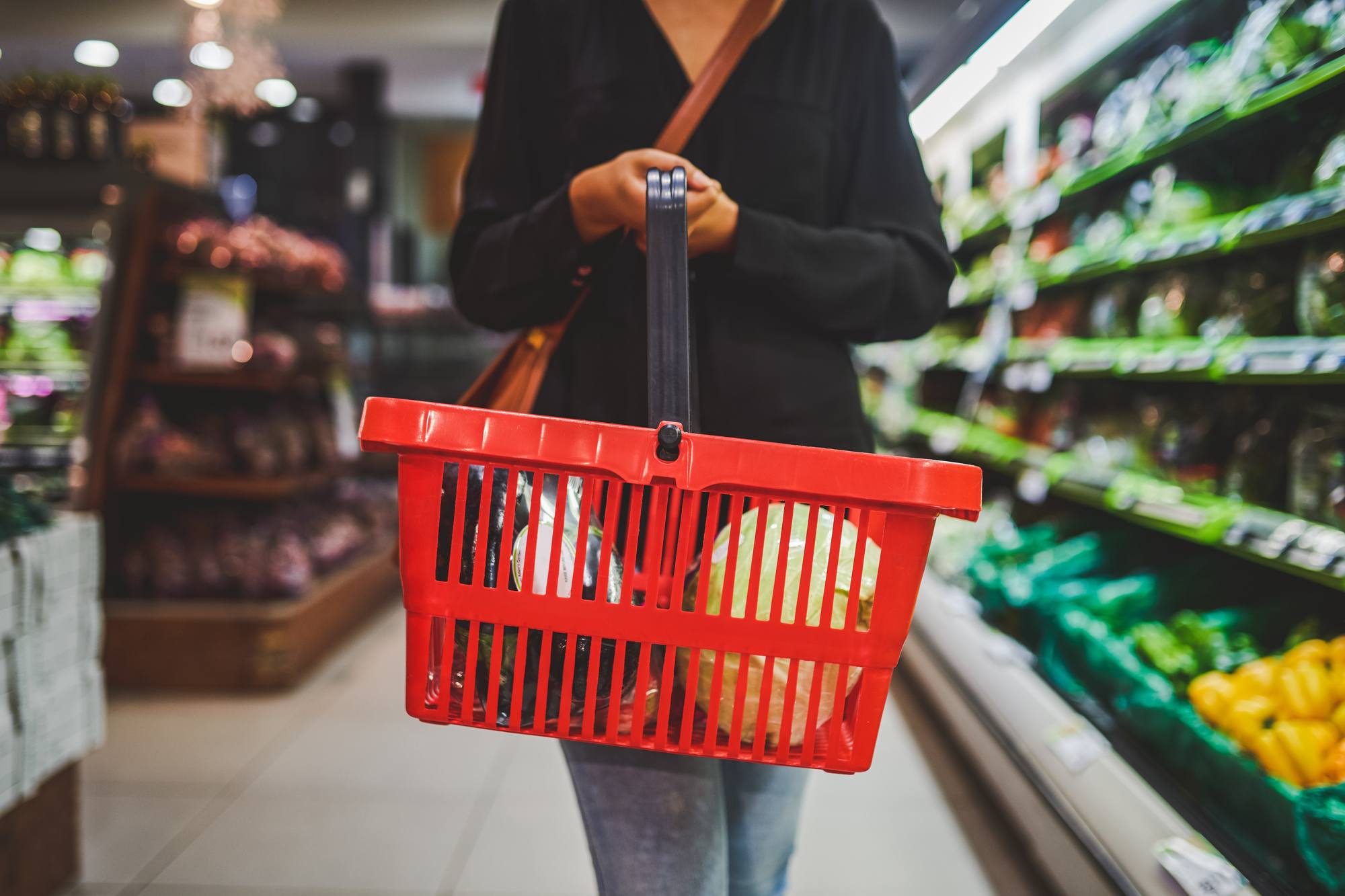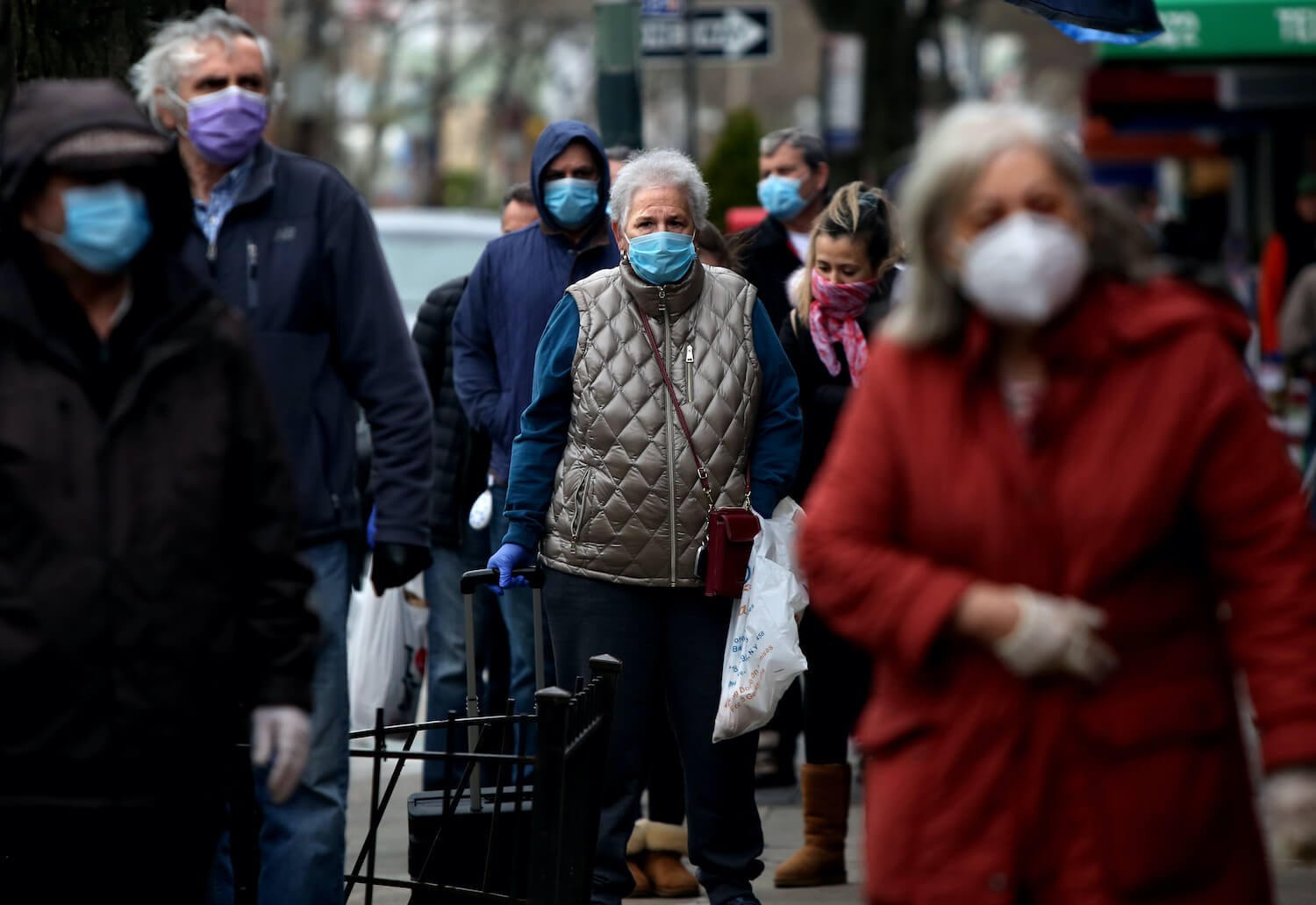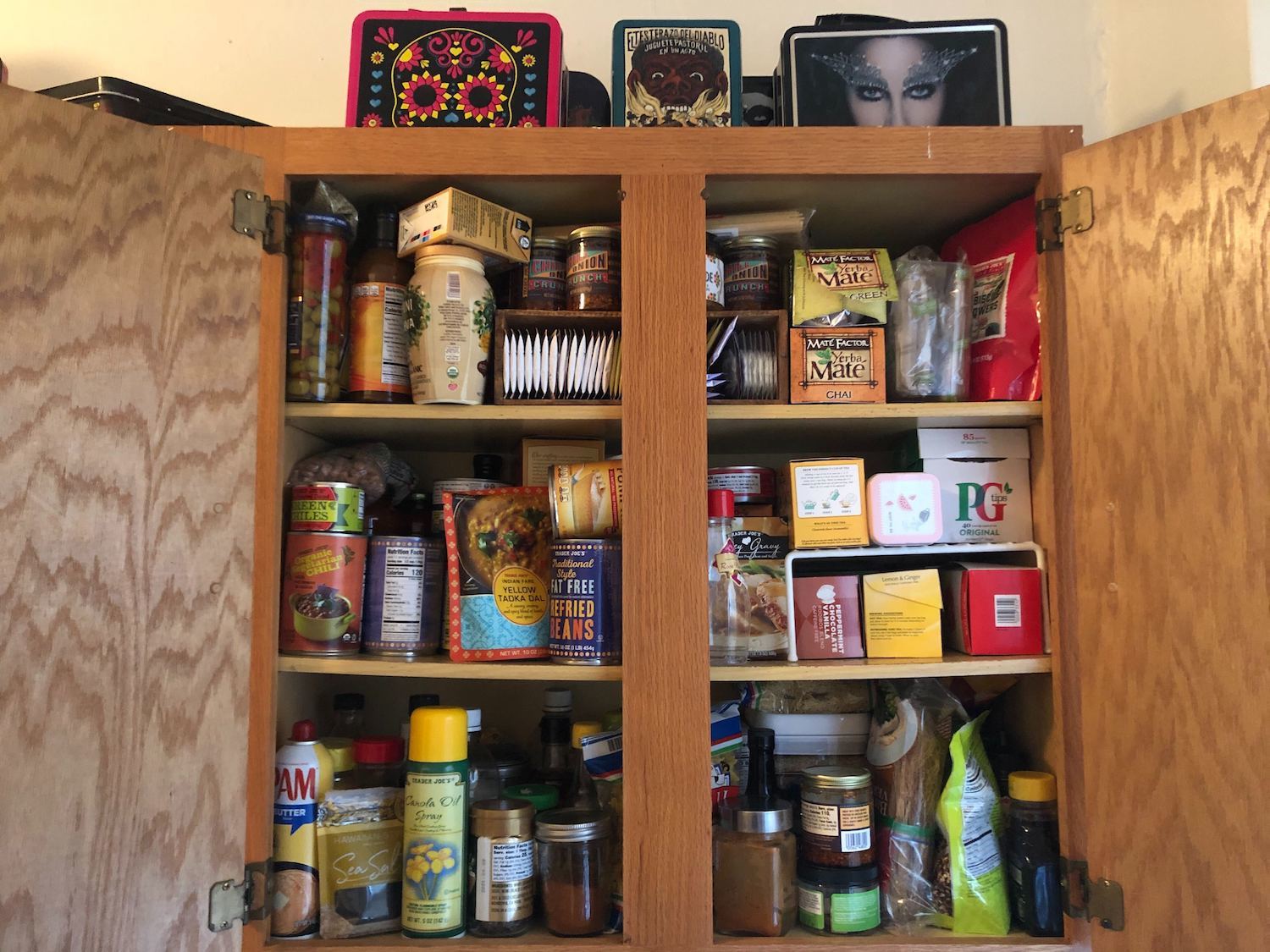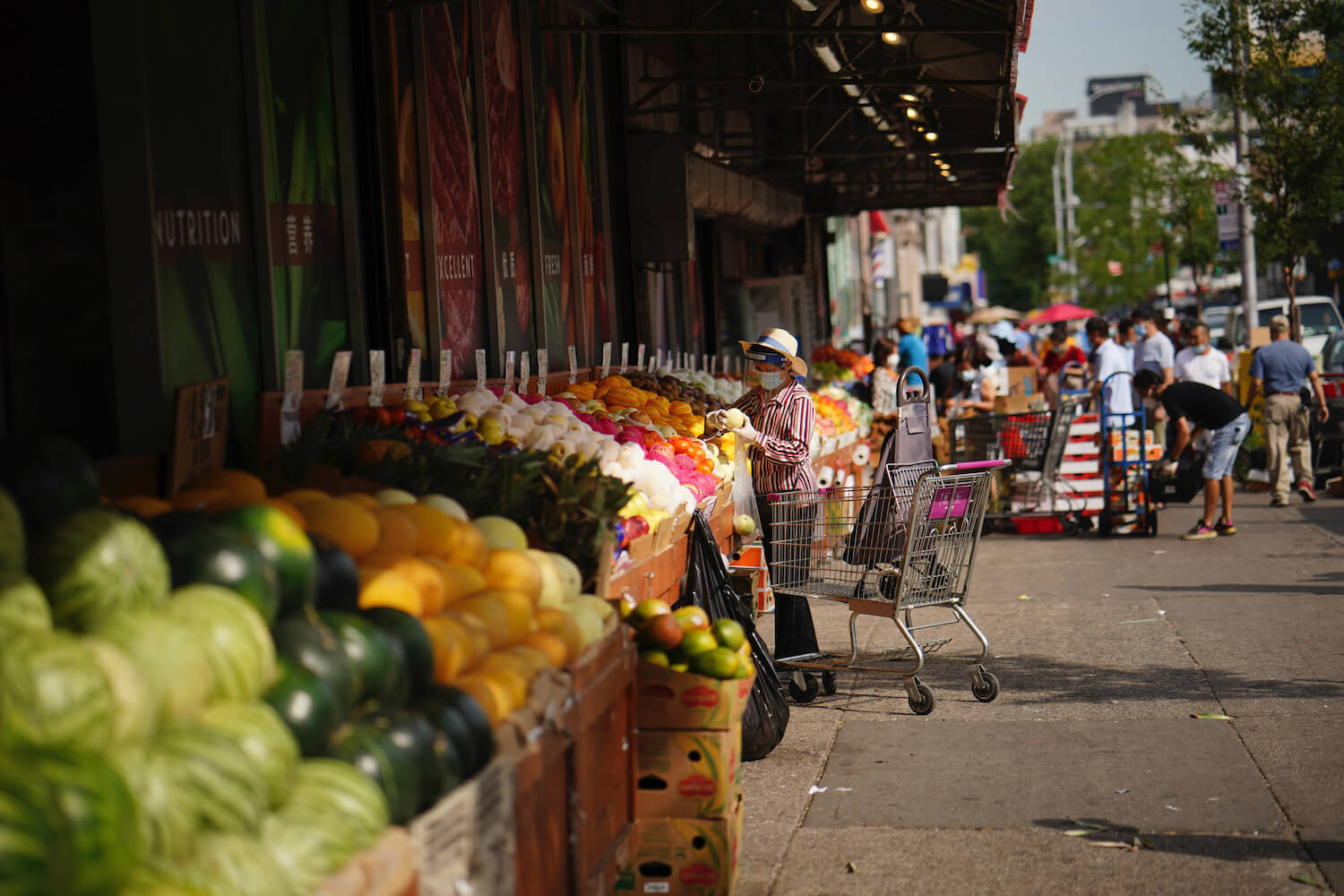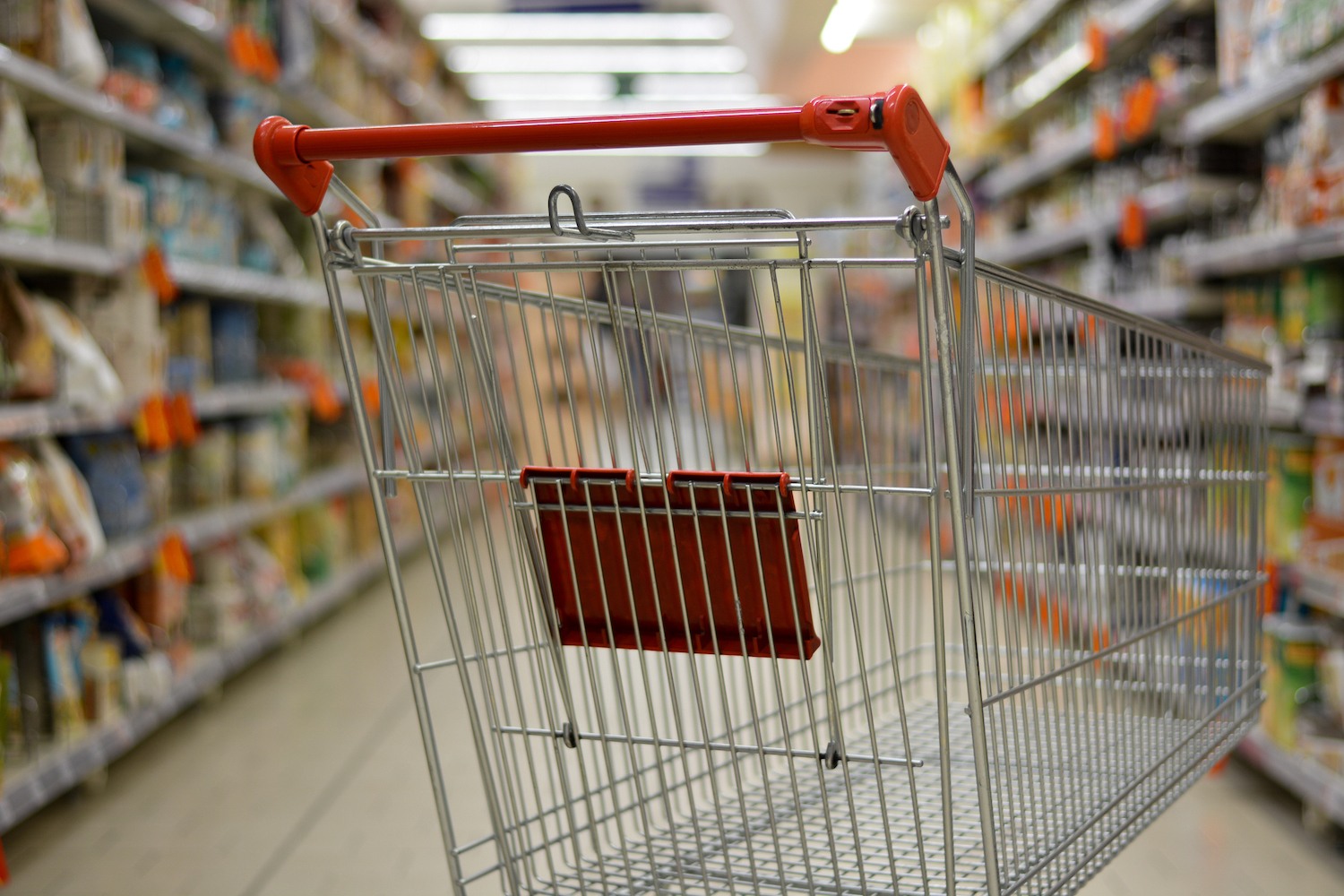
iStock/corradobarattaphotos
USDA attributes the changes to coronavirus-related closures and restrictions, and to the largest annual increase in disposable personal income in 20 years.
In a historic low, U.S. consumers spent 8.6% of their disposable income on food last year, a 10.1% decrease from 2019, according to the U.S. Department of Agriculture.
This article is republished from The Midwest Center for Investigative Reporting. Read the original article here.
Between 1960 and 2000, the percentage of disposable income — the amount of money consumers have left after paying taxes — spent on food dropped from 17% to 9.9%. But for the last 20 years, the percentage had been steady, remaining around 10%.
Consumers in 2019 spent an average of 9.58% of their income on food, with 4.94% going towards food cooked at home and 4.65% towards dining out. In 2020, Americans spent 1.4% more of their incomes on food at home and spent 22.2% less on eating out.
An analysis by the USDA’s Environmental Research Service attributes the changes in food spending, in part, to coronavirus-related closures and restrictions, and to the largest annual increase in disposable personal income in 20 years due to additional government financial aid during the pandemic.
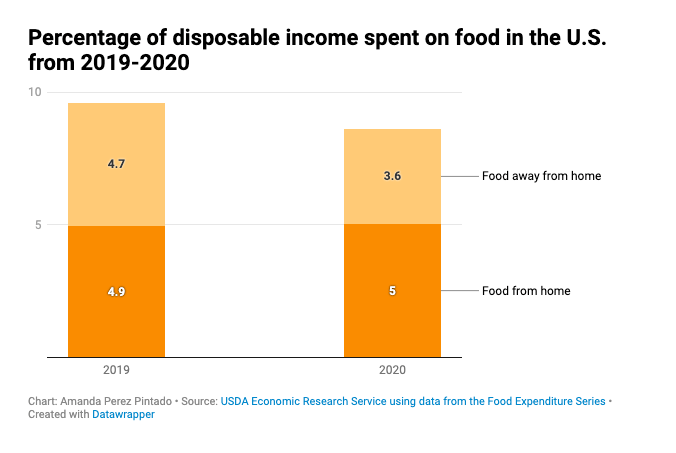
Investigate Midwest

